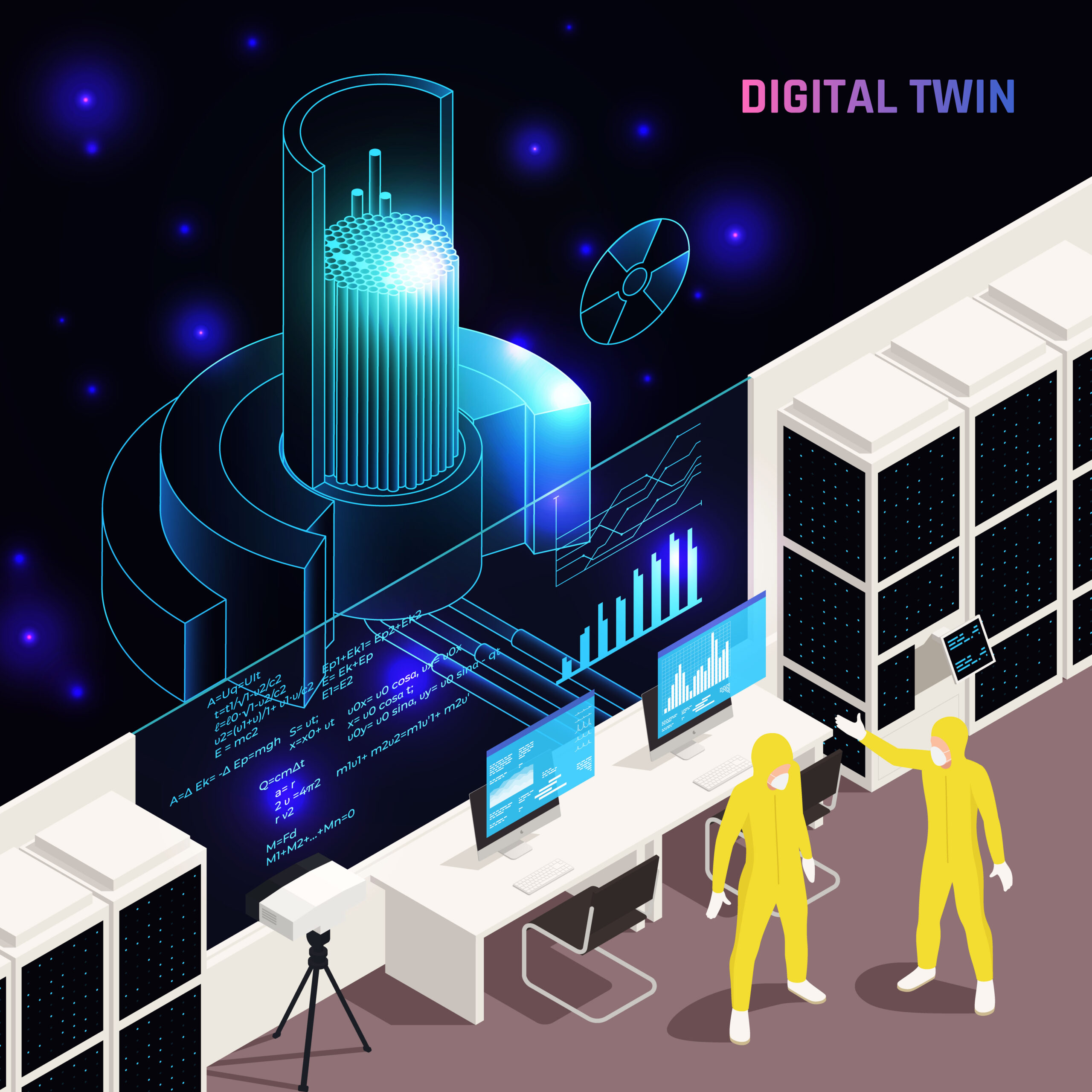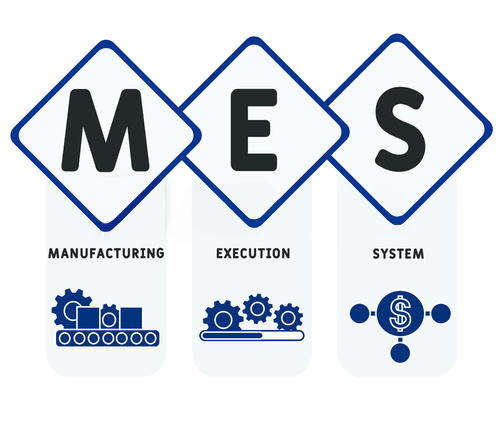The development of infrastructure plays a key role in economic growth. Therefore, effective management and operation of technical infrastructure of projects (such as buildings, commercial centers, urban areas, data centers, industrial parks,…) is an important factor to increase asset value for investors and owners. However, infrastructure management and operations units are facing many challenges. This article will analyze those challenges, and introduce digital twins technology on a 360-degree photo platform and its applications to solve these challenges.
Challenges in operating, managing and exploiting infrastructure
The technical infrastructure of projects is very diverse, depending on the type and scale of the project. This poses many challenges for management units in effective operation, exploitation and maintenance, especially when there is no optimal management method.
Scale and diversity of infrastructure
Urban and industrial park infrastructure includes a variety of fields such as transportation, energy, lighting, drainage, telecommunications… Office building infrastructure for rent includes many systems such as electricity, water, air conditioning, fire protection, CCTV… Each type of infrastructure includes many technical components or subsystems with separate technological requirements and operating documents. This makes it difficult to manage and access documents during operation, especially when the infrastructure scale is large and widely distributed.
Complex dependencies and interactions between infrastructures
Infrastructures are always closely related and influence each other. A failure in one infrastructure can cause a chain reaction, affecting entire systems, such as electrical and air conditioning systems. The lack of a holistic perspective and synchronized coordination between stakeholders in operations management can lead to delays in determining the cause and fixing problems, affecting customer experience.
Huge and diverse amount of data
Big data from sensors and monitoring devices is very diverse, including data, images, videos, maps, 3D models… This data is located on many different systems. Because these systems do not interact with each other, synthesizing and recording into a common data warehouse takes a lot of time, leading to a large volume of data, making it difficult to transmit, manage and centrally exploit.
The developments are fast and unpredictable
Incidents in daily operations and infrastructure operations are very diverse and can originate from human or technical factors. They all happen quickly, frequently and are difficult to predict. If not detected, handled and notified promptly, incidents can cause confusion for customers and affect service quality.
Resources are limited and uneven
Human and financial resources for infrastructure management and operation of each project are often limited. Therefore, optimizing and saving operating management costs is necessary, but still ensuring service quality. This puts pressure on the management department to improve efficiency and competitiveness.
Information safety and security
Infrastructure is increasingly digitized. This increases the risk of security vulnerabilities. If not detected and fixed promptly, these vulnerabilities can create opportunities for cyber attacks, causing system paralysis and affecting user experience.
To effectively solve the above challenges, applying digital technology is inevitable. In particular, applying digital twin technology on a 360-degree image platform to the management, operation and exploitation of infrastructure will help units centrally manage and monitor the entire project remotely, thereby saving travel time costs for evaluation and inspection.
Introducing digital twins on a 360o photo platform
A Digital Twin is an exact digital model of a physical object or system. It acts as a comprehensive platform that spans the building lifecycle, enabling the integration of IoT data with location information, device management, documentation, processes and interactions. Thanks to that, all activities from construction implementation, inspection and supervision to maintenance and training are digitized, comprehensively changing the supply chain and operations in infrastructure management and exploitation.
Applying 360o solutions digital twin
Digital twin technology based on 360o photo platformthe has been widely applied in the management of technical infrastructure, helping to solve challenges in operating and exploiting infrastructure, typically:
Project management
- Prepare carefully for the project: Using detailed information from 360° images allows managers to proactively plan projects without having to physically travel to the site.
- Enhance coordination and cooperation: The digital copy is shared with contractors and related units, allowing parties to collaborate in the same workspace and agree on a view of the project and tasks, helping to minimize potential risks during implementation.
- Visualize work progress: Users can compare spatial versions of photos taken at previous times, thereby creating a 360° panoramic view of the scene and closely monitoring project progress.
- Centrally manage multiple projects on the same dashboard: Visualize all your projects on the same map, taking full advantage of powerful search and filtering tools, helping you manage multiple projects effectively, anytime, anywhere.
- Instantly update construction site status: Easily add detailed information directly on the image, thereby automatically notifying project stakeholders, helping to optimize the reporting process.
- Update work progress immediately: Adding notes, comments, and feedback helps increase interaction, coordination, and exchange of ideas about work progress. At the same time, it also promotes team cohesion and efficiency.
Build project documents
- Integrate diverse information: Besides visual 360-degree images of the construction, users can easily integrate other diverse information, including images, documents and IoT data. This integration helps users get a comprehensive and detailed view of the project, thereby effectively supporting management, operation and exploitation.
- Build a visual database: Establish a database that allows direct access to information on images, serving both current and future generations of employees.
- Centralized management of data on one platform: Securely share any type of document or integrate directly with the archive via digital twin.
- Delegate content access to specific devices, assets or user groups: Share relevant content across departments or limit access to external stakeholders.
Inspection and supervision work
- Check Approaches and Best Routes to the Point to be Checked: Set up detailed travel routes on the digital twin to guide employees on how to safely reach that location or space.
- Close and Real Time Cooperation: Meet colleagues in the digital twin space, interact and collaborate with each other like in a real environment.
- Avoid risks: Minimize safety risks on the construction site by identifying and alerting dangerous areas in the digital twin.
Maintenance work
- Access comprehensive information: Employees can preview information about work locations on the digital twin, helping to support more effective maintenance planning and preparation.
- IoT is more intuitive: IoT parameters are integrated into the digital model corresponding to the location of each IoT device, thereby displaying information in real time, helping users easily monitor and determine the location when there is a problem.
- Digitalization of operations: Eliminate outdated paperwork processes, integrate 3D data that simulates device operations relative to the device’s location on the digital model.
- Manage assets and equipment through training: Train remote employees by integrating content such as management manuals and operating manuals corresponding to the location of assets and equipment in the digital model.
Summary
In summary, the article mentioned the challenges in infrastructure management, operation and exploitation, and introduced digital twin technology on a 360-degree image platform and its potential applications in the field of infrastructure management and operation


